Equipment
Are new clubs really better?
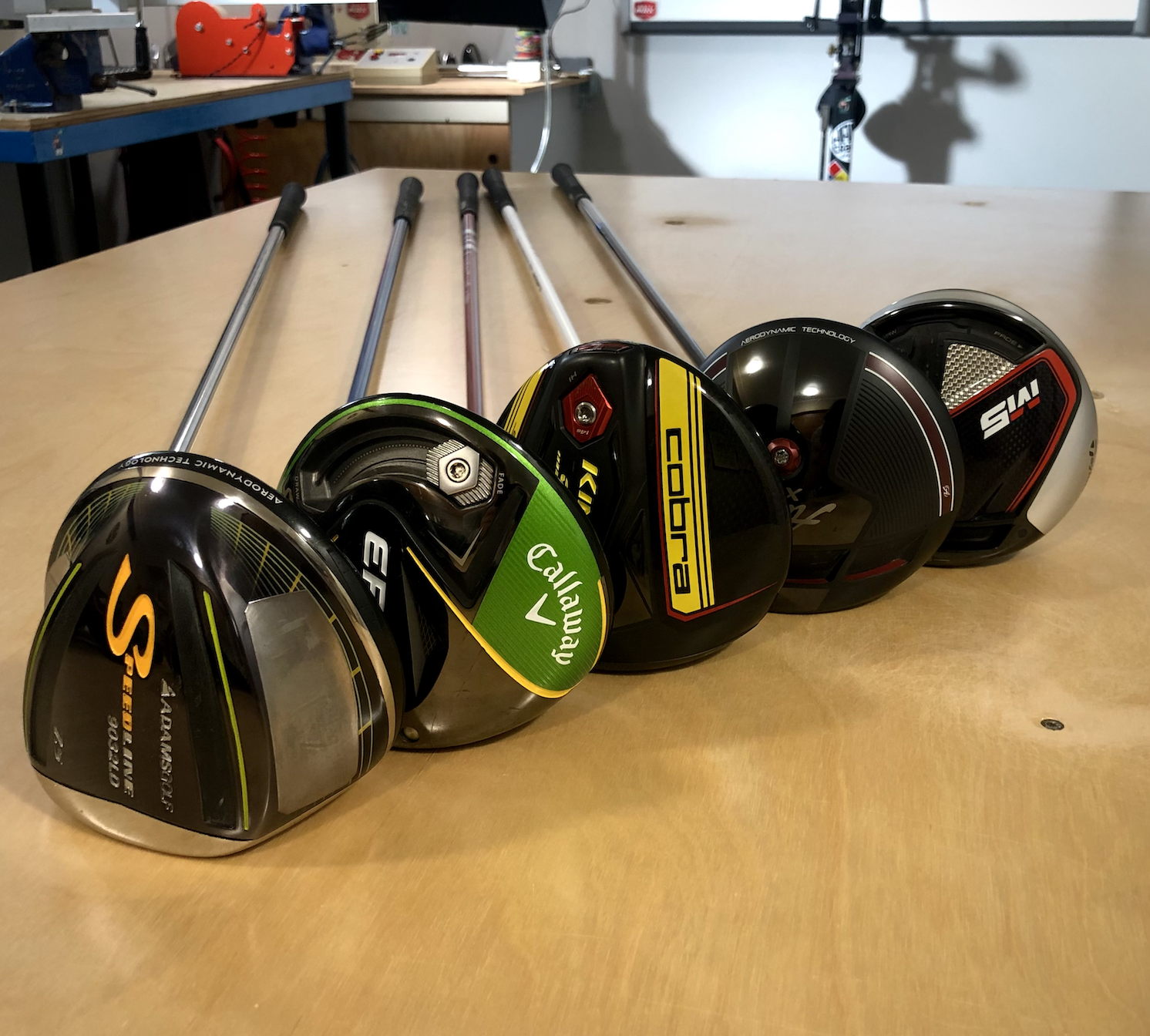
“Are new clubs really better?”
It’s the end all be all question of the golf equipment industry and depending on who you talk to, you are going to get a variety of answers. But speaking from a number of perspectives including as a club-fitter, equipment junkie, and general observer of the industry, the answer is simple but not straight forward.
Let’s cut to the chase
Yes, new clubs are by every account better, honestly did you really expect a different answer? But when we go into the how and why it gets more complicated and depending on the target golfer and what engineers are trying to accomplish, better doesn’t always mean better for YOU… but we’ll get to that in a moment.
Thanks to ever-improving technology, the processes around designing, and prototyping of golf clubs, along with evolving manufacturing processes, designers now more than ever have the ability to control the parameters of a golf club to achieve the desired goal. One great example of this is Cobra using Metal Injection Molding or MIM for short to produce their MIM line of wedges and most recently the King Tour irons – which are the first irons to be built using this method.
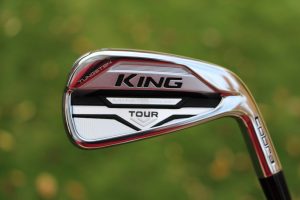
Cobra King Tour MIM 4-iron – cavity view
MIM is a process that has been used to produce parts in other industries for some time now but based on the economy of scale and what the market will accept as far as pricing it has only recently been used in the golf equipment space. Some of the benefits of this process are:
- The ability for engineers to fully customize the materials used to meet the desired performance characteristics of the part
- Extremely tight tolerances for weight and geometry
- The ability to create parts with complex geometries
The end results in the case of the King Tour is an iron that not only looks the part but also delivers in other categories that golfers value, including looks and feel. This creates a performance advantage for the target golfer and once properly fit with the rest of the components you have a better golf club than the one that came before it.
Another example of ever-improving clubs thanks to design changes are the Ping G410 irons.
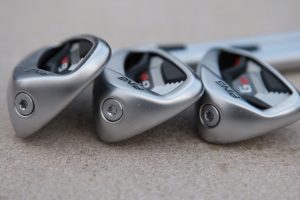
To change the way to get clubs up to final head weight, for Ping this usually meant using a CTP (custom tuning port) in the middle of the cavity, but for the G410 they changed it up and moved the weight away from the middle and to the perimeter. This allowed the engineers to create a club that is not only more forgiving but is smaller compared to the previous generation – meaning for golfers wanting game improvement irons in a smaller package Ping was able to deliver.
But what about drivers?
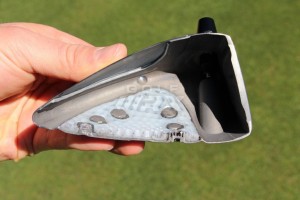
Every time a new club gets released we hear about how it’s longer, faster, straighter – but how does this actually translate to golfers and how can they continue to get better within the rules of golf. It comes down to simple physics, and engineers’ ability to continually work with manufacturing partners to maximize the potential a driver has.
If you were to take a driver from 10 years ago and compare it to a modern one – off of the sweet spot and under the correct circumstances, you’re not going to find a massive difference and almost any engineer being honest will tell you that. But golf isn’t a game of perfect and what we have seen over the last 10 years are drivers that deliver more optimal results when hit away from the sweet spot. For regular golfers to PGA Tour players, it leads to better results and a smaller standard deviation when not hit perfectly, which leads to consistently longer drives over the long hauls.
This doesn’t even start to get into the discussion of optimization through proper fitting using a launch monitor, but that is the next step for those looking to find performance advantages.
When better isn’t better
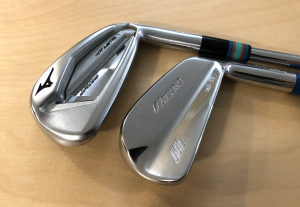
With all this “rah-rah” about how things are better, it’s important to offer the counter-argument that for some players better, or newer, isn’t always better, and there is truly no more perfect example than the clubs which Tiger Woods continues to use.
Tiger has famously used a set of blade irons dating back to college and for essentially the last 25 years has continued to use the same style of iron because of the benefits they offer to him as an individual. Blade irons are unforgiving, but a nice way to say it is they are “workable” and this workability allows golfers who want maximum control to have that option.
Can faces be made faster? Yes. Can MOI be increased to reduce the variation between strikes? Yes. But if those aren’t the characteristics a golfer is looking for in their clubs; then better isn’t always better.
- LIKE563
- LEGIT101
- WOW17
- LOL38
- IDHT17
- FLOP24
- OB9
- SHANK104
Whats in the Bag
Kevin Chappell WITB 2024 (April)

- Kevin Chappell what’s in the bag accurate as of the Valero Texas Open. More photos from the event here.
Driver: TaylorMade Qi10 (10.5 degrees)
Shaft: Project X Denali Black 60 TX
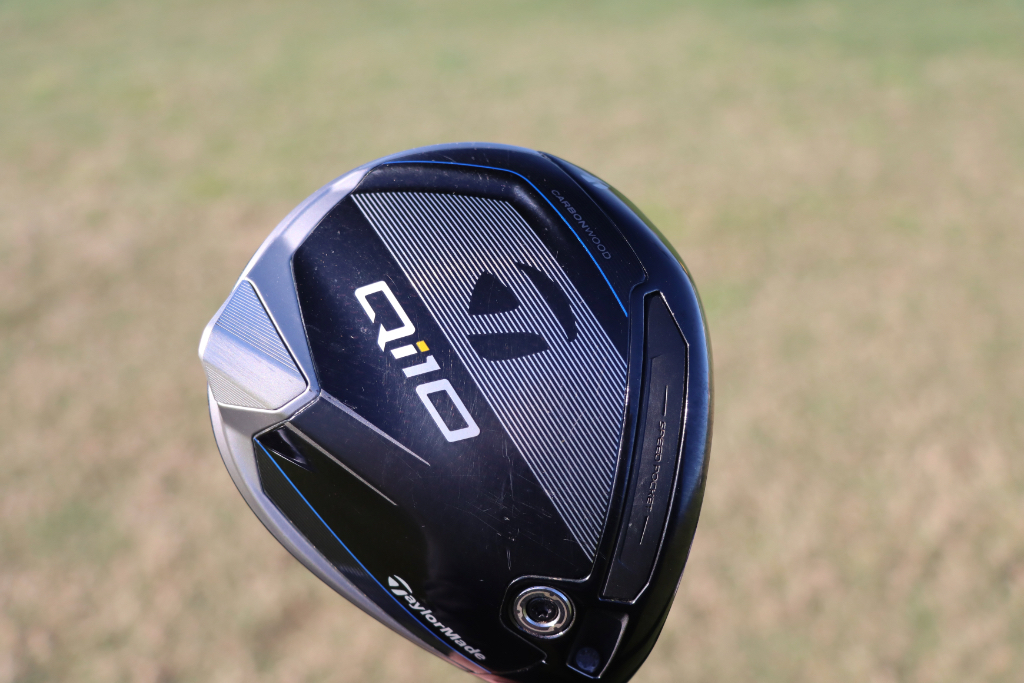
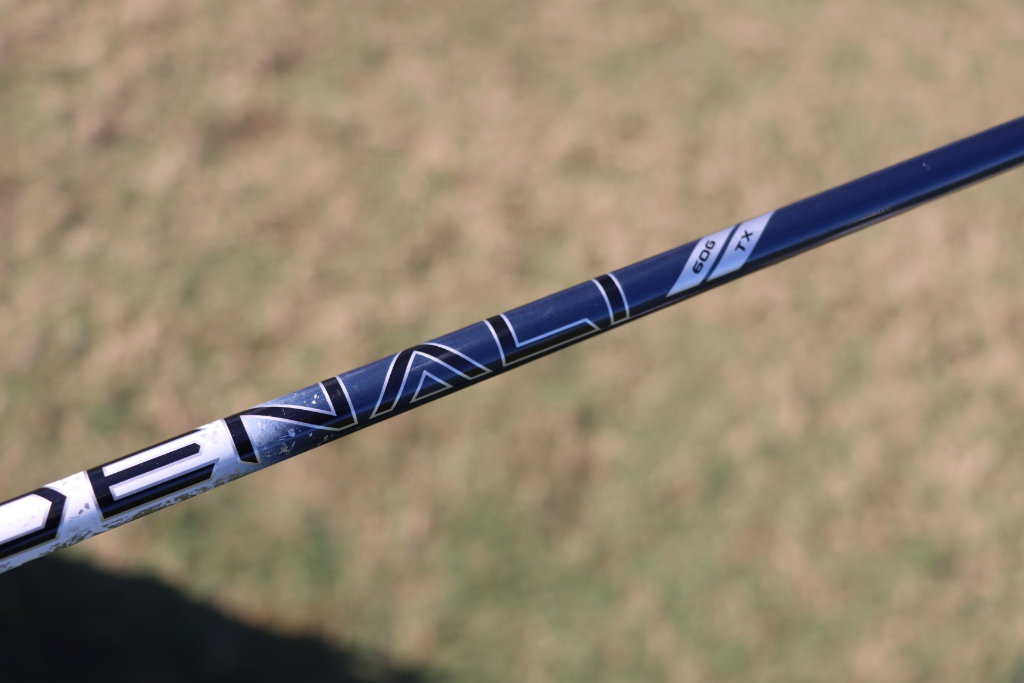
3-wood: TaylorMade Stealth 2 HL (16.5 degrees)
Shaft: Fujikura Ventus TR Blue 7 X
7-wood: Cobra King LTDx Prototype (21.5 degrees @20.5 degrees)
Shaft: Fujikura Ventus Black 9 X
Irons: Srixon ZX (3), Cobra King CB (4-PW)
Shafts: True Temper Dynamic Gold Tour Issue S400
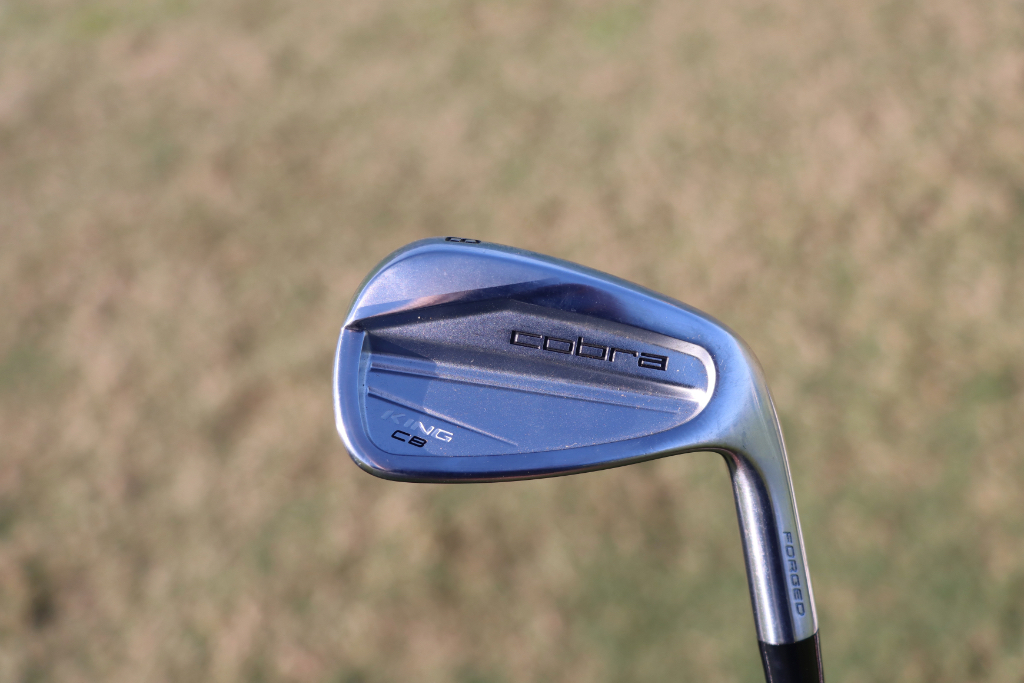
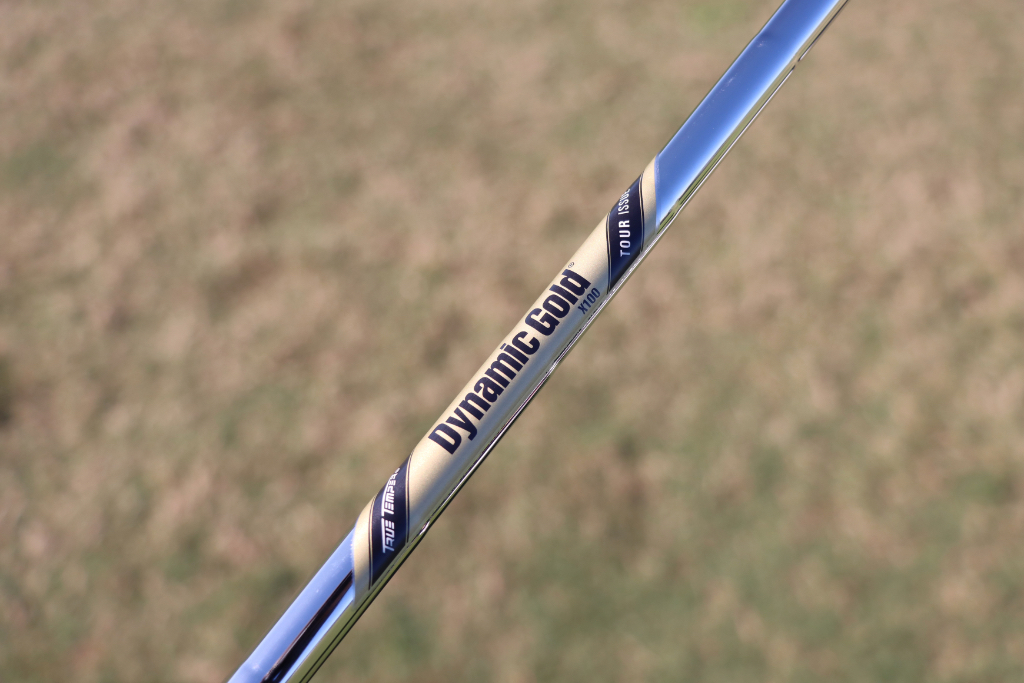
Wedges: Titleist Vokey Design SM6 (52-08F, 56-10S), Cobra Snakebite (60)
Shafts: True Temper Dynamic Gold Tour Issue S400
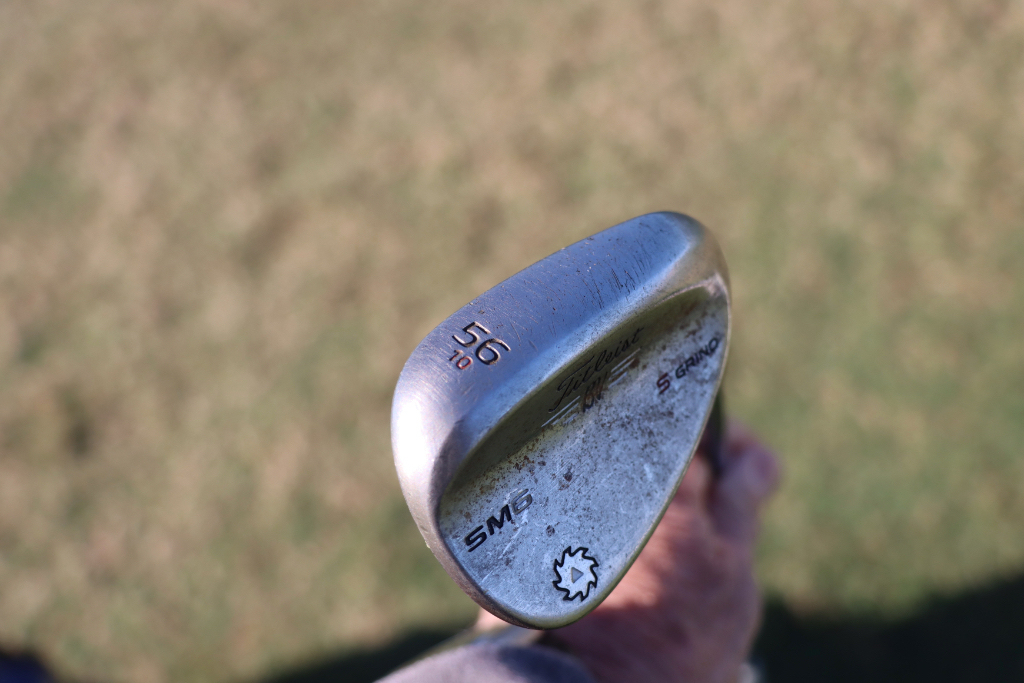
Putter: Scotty Cameron SB-2, Scotty Cameron TourType TG6.2
Grip: SuperStroke Traxion Flatso 1.0
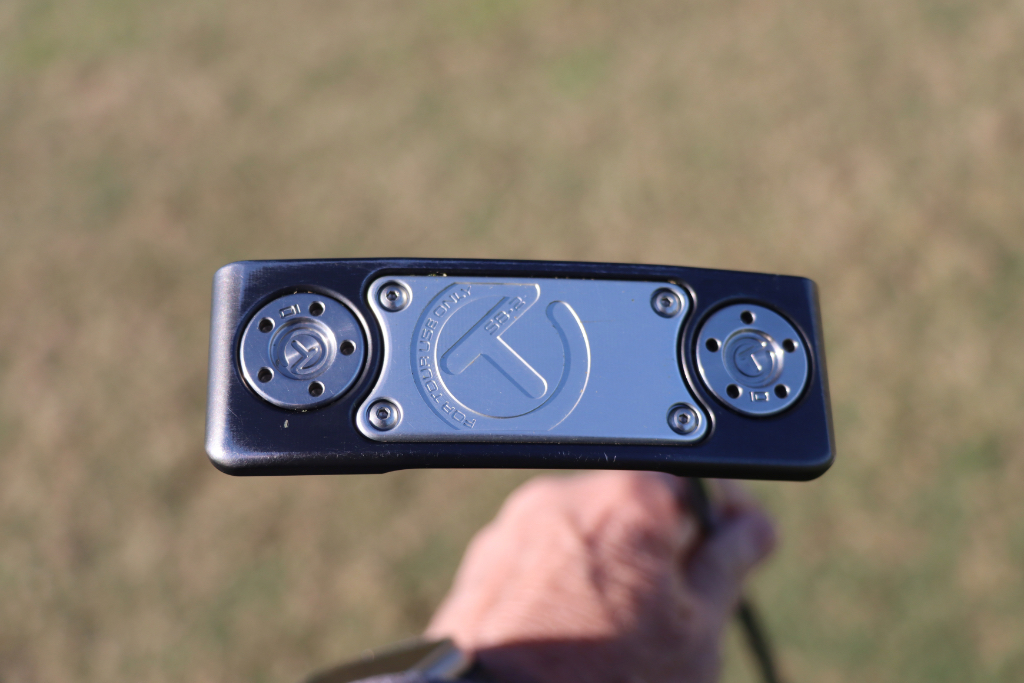
Ball: Titleist Pro V1x
Grips: Golf Pride MCC
Check out more in-hand photos of Kevin Chappell’s clubs here.
- LIKE3
- LEGIT0
- WOW0
- LOL0
- IDHT0
- FLOP0
- OB0
- SHANK0
Equipment
Spotted: Axis1 prototype broomstick putter
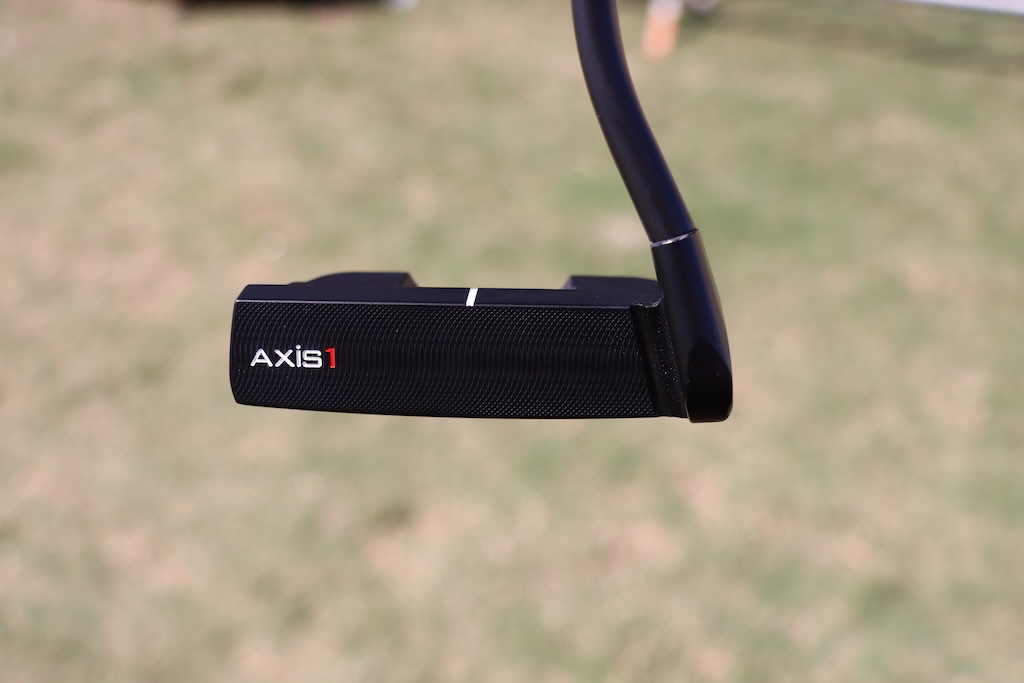
We have seen an uptick in longer putters out on the professional tours with players gravitating toward either counterbalanced or broomstick styles. As a refresher, A “broomstick” putter is a long putter that is usually built to a length that goes up to your chest. If you have seen Adam Scott putt in a tournament recently, he uses what is classified as a broomstick putter.
Axis1 might not be the most common brand in the world of putters but they have been around a while, most notably in Justin Rose’s bag.
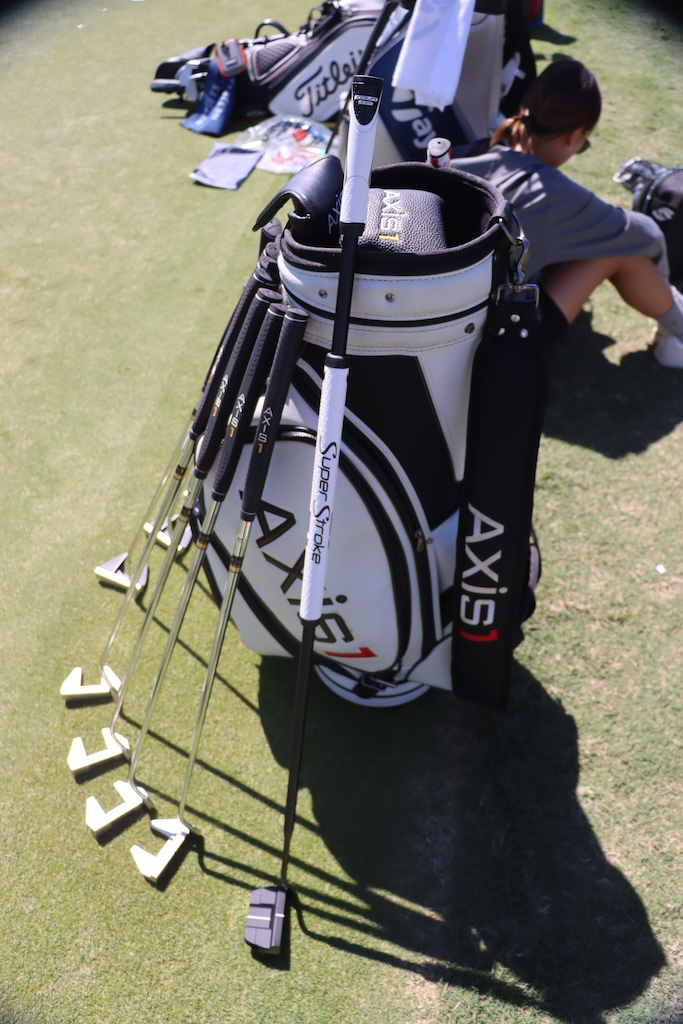
Axis1 is known for a putter that doesn’t look traditional but a design is used to get the center of gravity to the center of the club face, aligned with the shaft. This technology keeps the face aligned with the ball throughout the stroke. More traditional putters rotate around the shaft axis, which doesn’t align with the center of the putter, making it easier for the putter face to not be square to the target at impact.
This week at the Valero Texas Open, we spotted a prototype Axis1 putter in a long broomstick version. The head shape looks very similar to the current Axis1 Tour-HM putter that the company currently makes, which is a more squared-off mid-mallet. The prototype looks to have a similar multi-material head with a 304 stainless steel face mated to a composite back. Twin site lines run together, on the topline and on the flange, to create a longer line for aligning the putter. The steel face has a fairly shallow milling to it, and the flowing heel hosel connects to the aggressive shaft bend.
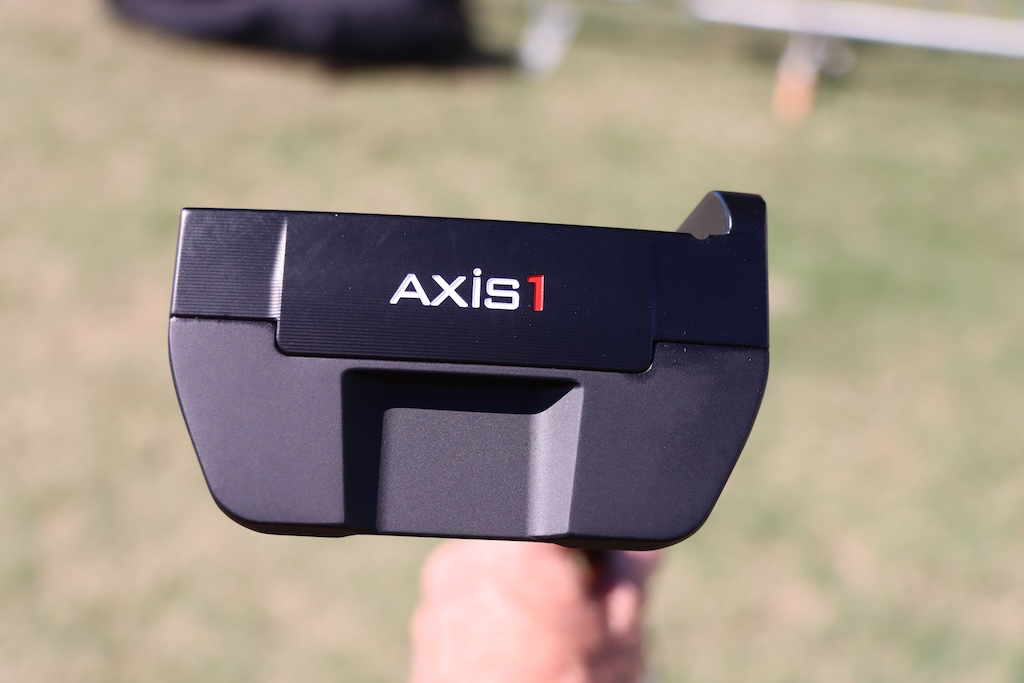
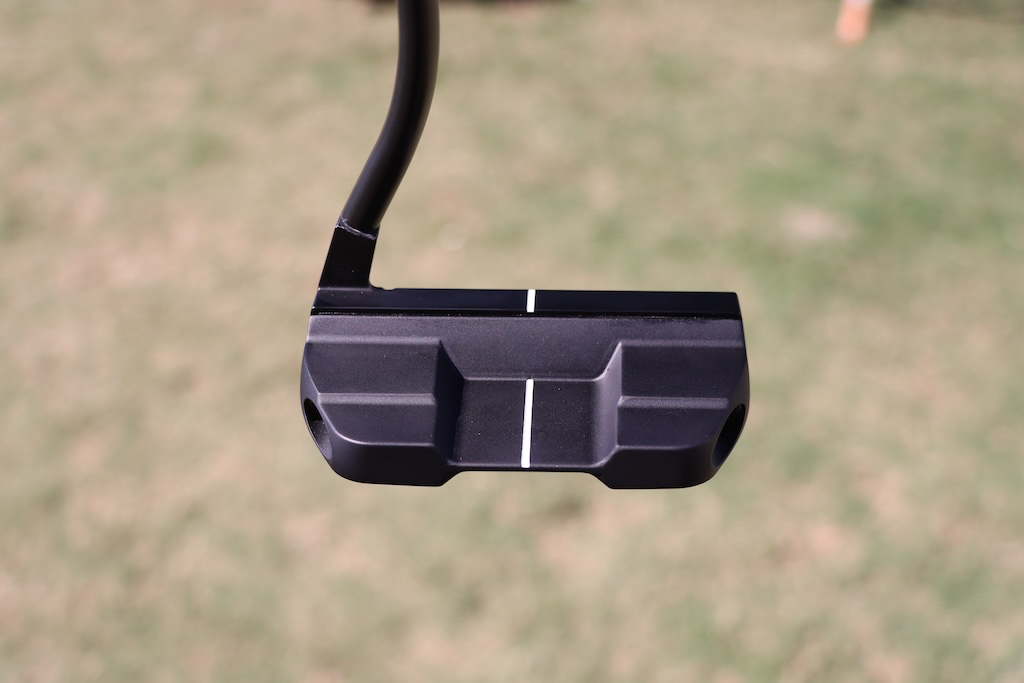
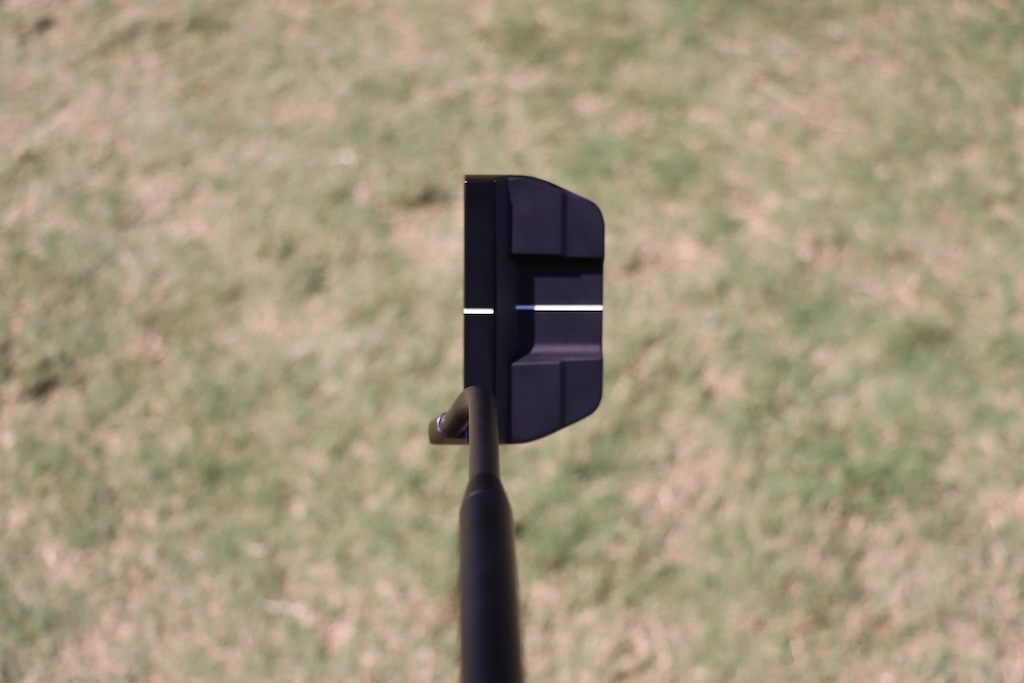
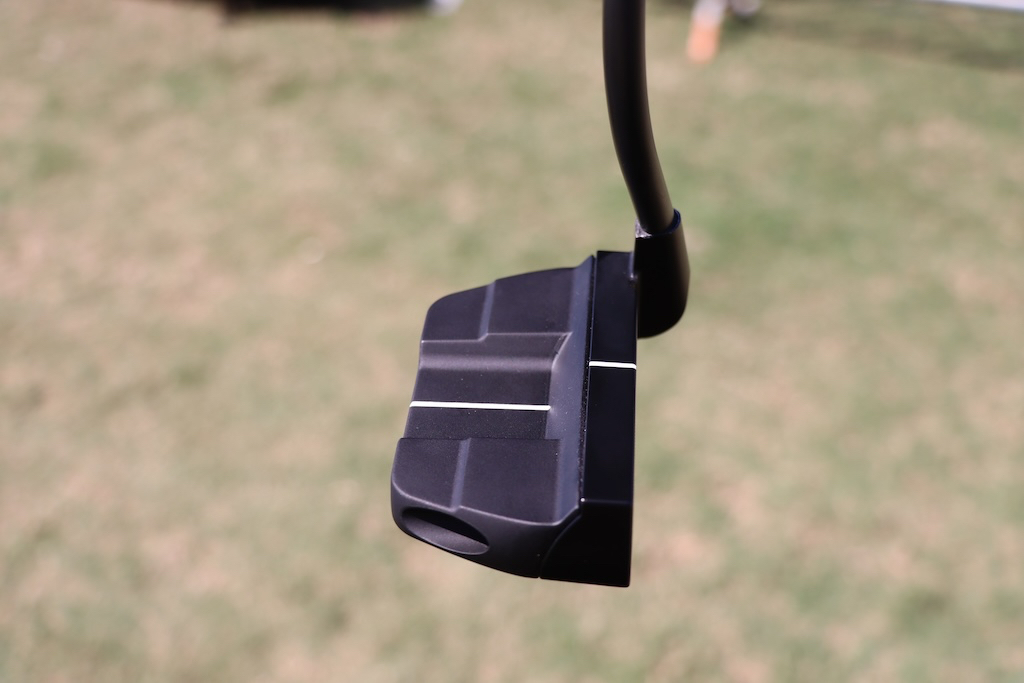
A matching black shaft is installed, and at the grip end is Super Stroke’s Zenergy Tour 1.0 two-piece in white and black. No word on if or when this will come to retail yet.
- Check out the rest of our photos from the 2024 Valero Texas Open
- LIKE7
- LEGIT1
- WOW3
- LOL0
- IDHT0
- FLOP0
- OB0
- SHANK3
Equipment
Coolest thing for sale in the GolfWRX Classifieds (4/4/24): Mint set of TaylorMade Qi 10 irons
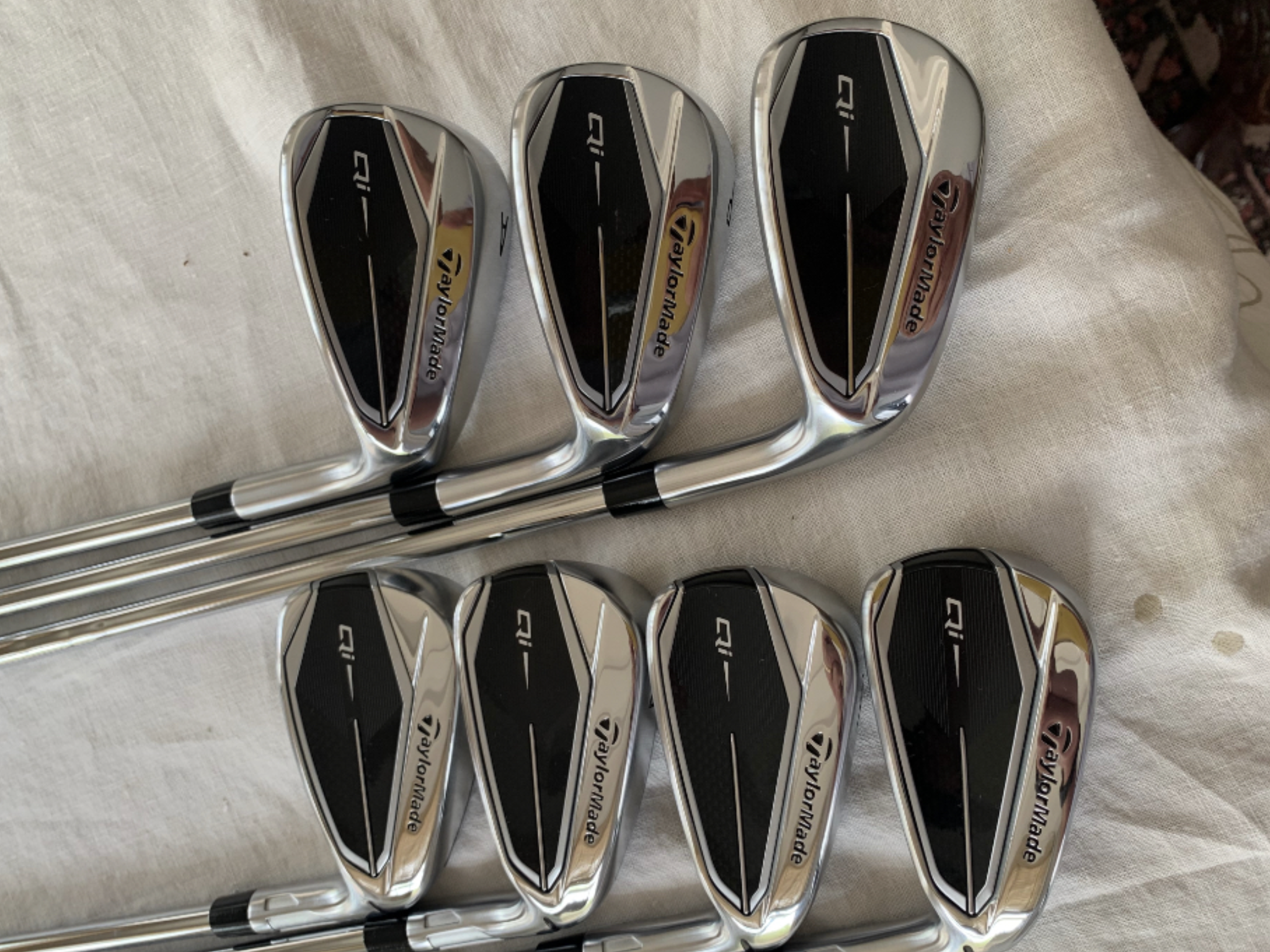
At GolfWRX, we are a community of like-minded individuals that all experience and express our enjoyment of the game in many ways.
It’s that sense of community that drives day-to-day interactions in the forums on topics that range from best driver to what marker you use to mark your ball. It even allows us to share another thing we all love – buying and selling equipment.
Currently, in our GolfWRX buy/sell/trade (BST) forum, there is a listing for a Mint set of TaylorMade Qi 10 irons.
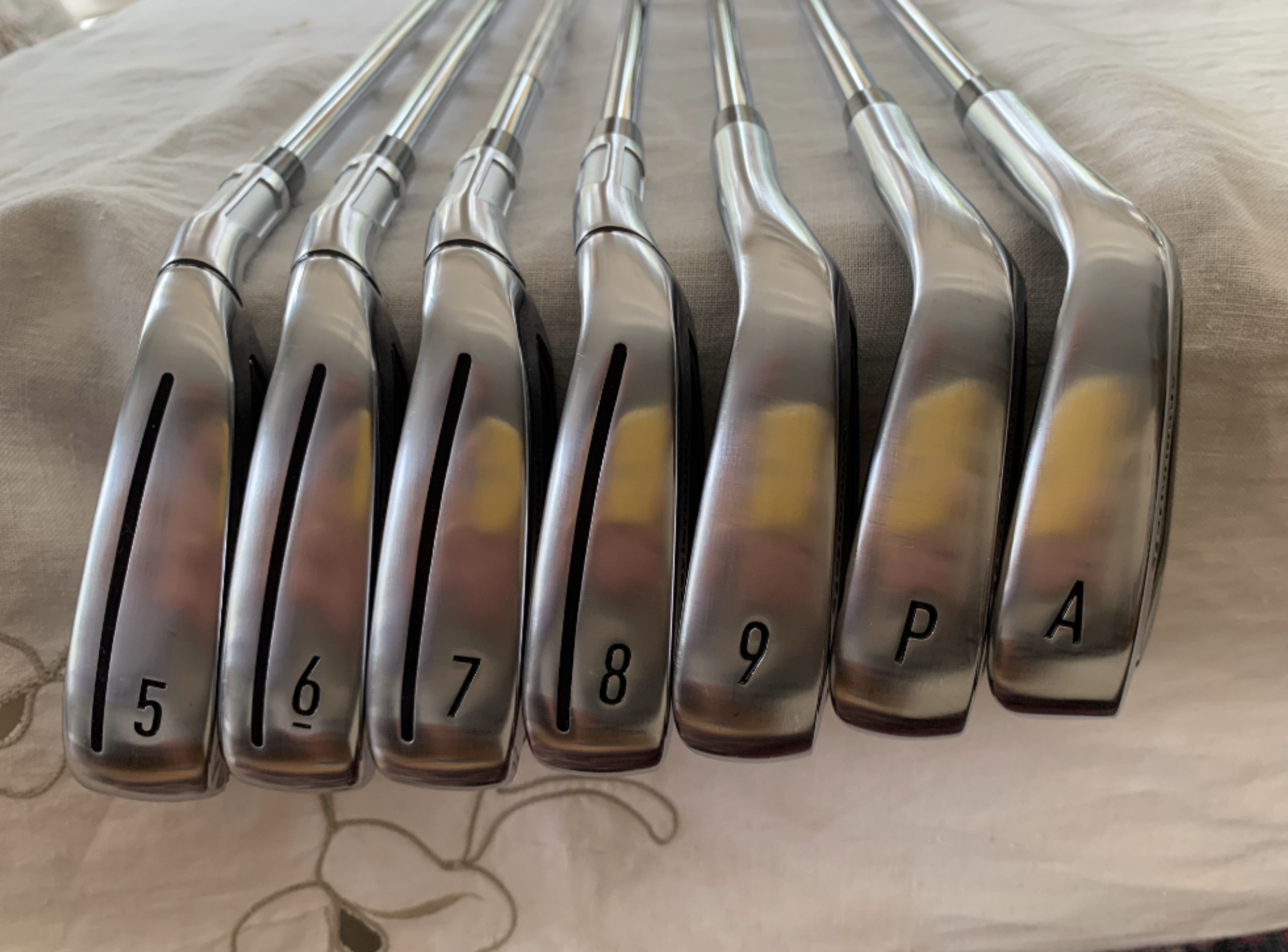
From the seller: (@ch1985): “Mint set of TaylorMade qi 10 irons 5-PW, AW (used 1 round and some range balls) with factory stiff steel shaft – $925 shipped.”
To check out the full listing in our BST forum, head through the link: Mint set of TaylorMade Qi 10 irons
This is the most impressive current listing from the GolfWRX BST, and if you are curious about the rules to participate in the BST Forum you can check them out here: GolfWRX BST Rules
- LIKE2
- LEGIT0
- WOW0
- LOL0
- IDHT0
- FLOP0
- OB0
- SHANK0
-
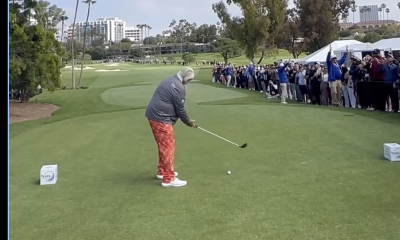
 19th Hole2 weeks ago
19th Hole2 weeks agoJohn Daly stuns fans into silence with brutal opening tee shot on PGA Tour Champions
-
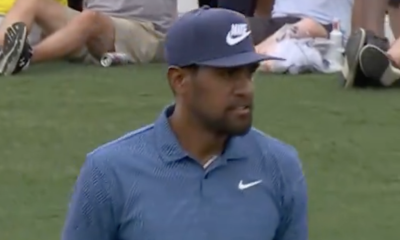
 19th Hole4 days ago
19th Hole4 days agoThings got heated at the Houston Open between Tony Finau and Alejandro Tosti. Here’s why
-

 19th Hole17 hours ago
19th Hole17 hours agoReport: Tiger Woods has ‘eliminated sex’ in preparation for the 2024 Masters
-
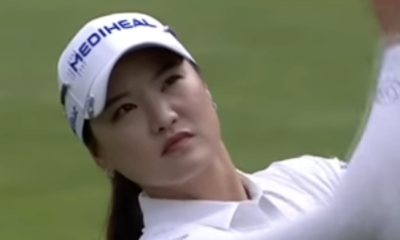
 19th Hole2 weeks ago
19th Hole2 weeks ago2-time major champ announces shock retirement from the sport at age of 33
-
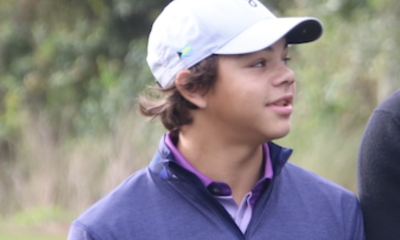
 19th Hole2 weeks ago
19th Hole2 weeks agoCharlie Woods finds it tough going on American Junior Golf Association debut
-

 19th Hole2 weeks ago
19th Hole2 weeks agoEdoardo Molinari reveals the latest PGA Tour golfer to turn down ‘good offer’ from LIV Golf
-
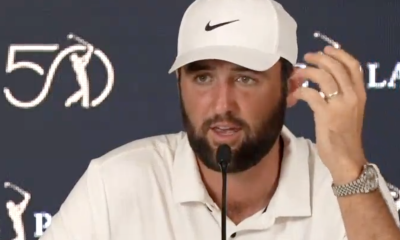
 19th Hole3 weeks ago
19th Hole3 weeks agoScottie Scheffler had an interesting response when asked how he ‘quiets the noise’ following Players victory
-
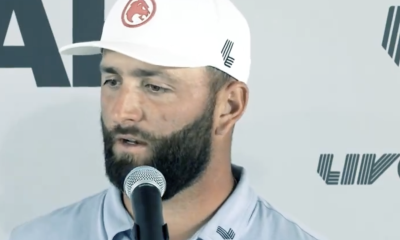
 19th Hole2 weeks ago
19th Hole2 weeks agoJon Rahm dealt fresh blow to hopes of qualifying for 2025 Ryder Cup



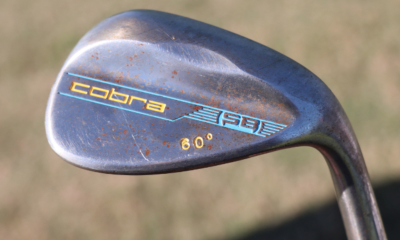

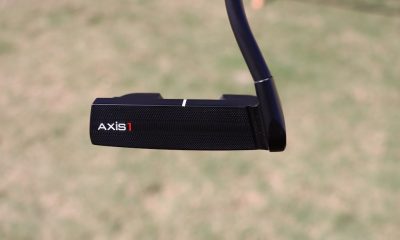

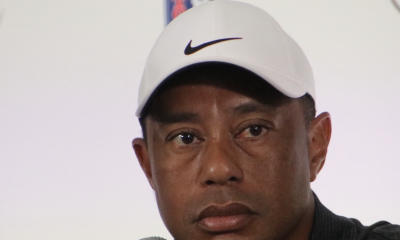



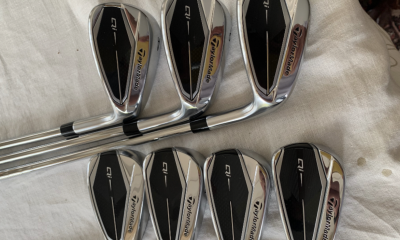










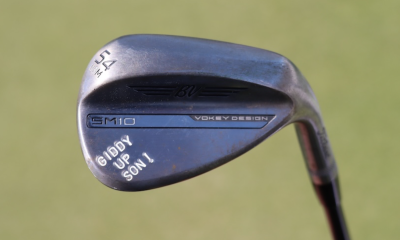

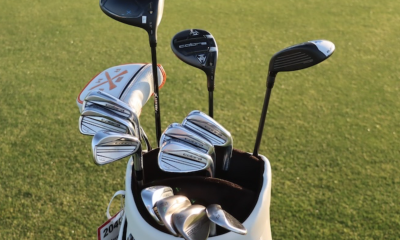

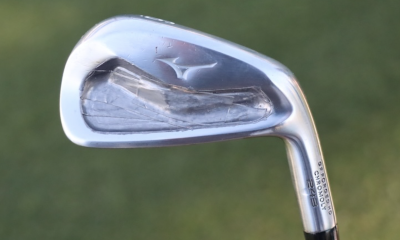

Scott Francis
Jan 17, 2021 at 12:26 am
I think drivers now compared to 5 years ago is the increased distance on off center hits. If you hit center of face since all those driver are a .83 COR none should hit father than others on dead center contact. The distance is coming from shaft tech
Speedy
Jan 14, 2021 at 12:21 pm
It’s the Indian, not the Arrow.
ChipNRun
Jan 8, 2021 at 12:30 pm
I’m waiting for one of the golf manufacturers to adopt a Five Year Plan for club models. This is what German automakers such as BMW do with their mainline models.
A revised car model will come out, and remain basically the same for five years. During those five years, enhancement tweaks will be made, but the base model is the same.
Anyone want to buy a set of Old Gangster 21 irons, and play them until the OG26 model comes out?
ray neese
Jan 5, 2021 at 11:56 am
Play the clubs you like. IMO shafts play key part in performance. you want to get better take the 500.00 and get lessons, work on short game. I guarantee you could spend less than 1,000 on ebay buying older clubs and score just as good.
Mick
Jan 7, 2021 at 9:15 pm
Agree on this 100%. Actual pros I know have told me the worst mistake amateurs make is they are always changing clubs. Jimmy Miller and Nicklaus said it too. ( tough for a Ho like me to accept!!)
Rich Douglas
Jan 2, 2021 at 8:29 pm
Blades are NOT more “workable.” That’s nonsense.
A ball properly struck on the sweet spot will react to the face angle and swing path regardless of the presence of perimeter weighting or not (blades).
The reason this misconception persists is that mis-hit strikes tend to curve more with blades than they do with cavity-backed irons. So? That’s not on purpose. They also fly shorter when mis-hit, so how does that help anyone?
You can hit a fade or a draw with even the most forgiving clubs because–whether you’re hitting blades or cavity-backs–a ball struck with the sweet spot will react the same for each.
Joe D
Jan 3, 2021 at 5:37 pm
It’s not nonsense. Think about it. A hollow body club like the P790 is designed to launch higher, and be more forgiving. The face is more flexible. SGI clubs are designed to help poor strikes launch the ball higher and straighter. They are literally designed to take away workability. It wants the club to impart straighter backspin (vs on an axis).
It also spins less than other clubs, even cavity backs. With less spin you get less curve.
Can you work hollow and cavity clubs. Of course. One can still slice them. But the curvature is less severe.
Richard Grime
Jan 4, 2021 at 3:52 pm
Surely more backspin means less side spin, hence a wedge is harder to work than a driver.
Bob Pegram
Jan 16, 2021 at 5:56 pm
With the smaller amount of curvature, intentionally curving the ball around trees requires a more contorted swing than with blades. That makes it more difficult to hit those curved shots on purpose.
(Of course the advantage of being able to hit straight shots more often usually outweighs that except for a very good golfer.)
Paul
Jan 31, 2021 at 1:54 pm
Blades are higher spinning (back spin & side spin) than most modern cavity back irons, which makes blades easier to work. It’s not a misconception.
Chuck Wilkins
Jan 2, 2021 at 7:04 am
I am 72 years old and have a 1 handicap–actually got down to +2 this summer. I have owned at least a set of almost every manufacturers irons and still go back to my Ping Eye 2’s. I have been playing them since about 1985 and just cant get them out of the bag. Green dot–zz65 cushion shafts–tour velvet grips and I am good to go. For example I owned Apex forged 14’s. cf16’s, and cf19’s–hit them great but they go too far without consistency–so back to the Pings each time. Distance is not the only requirement of a better iron club–consistent distance control is. Now as far as I am concerned drivers are a different story. I currently play a Ping g410 but am excited about trying the new Titleist TSI3—cant wait for more distance there!!!
Ted Stevens
Jan 10, 2021 at 12:41 am
Dude, I play at the same club as you. You’re not a 1 or a plus 2 playing Ping Eye 2s. You can barely hit the ball, I doubt you can break 100. Just calling you out on your bullsh it
Chuck Wilkins
Feb 21, 2022 at 7:09 am
Any time you would like to play I am available–bring cash!!!
Bob Pegram
Jan 1, 2021 at 11:47 pm
It is interesting that 2 of the 5 drivers in the photo are Adams drivers. Adams drivers were notoriously long. The one closest to the camera, the 9064LS, was the longest and straightest hitting driver in GolfWrx’s own test when it was new. The one 2nd from the back in the photo, the XTD, was also noted for being long hitting.
Until recently I was using an Adams 430Q driver, The only reason I went to a different driver is because I couldn’t draw it. It hit the ball just as far as any new driver. I could hit only fades and straight balls. On some hole that is a BIG problem.
Bob Pegram
Jan 1, 2021 at 11:50 pm
Turns out the front driver is a 9032LD which looks almost the same as a 9064LS. Both hit far.
MikeB
Jan 1, 2021 at 7:18 pm
Got fitted for a new TM Sim Max driver in October. We did it at my home club. Hit my 2008 TM Burner for about 10 min on the Trackman. This was followed by a 15 min fitting till they found the right setup for me. The data difference was remarkable. The new club went about 20-30 yards further and my hit spread was much much tighter. When you look at the data there is no dispute on the improvement with modern design and materials.
Imafitter
Jan 1, 2021 at 3:49 pm
I’m 70, and 20-30 years ago I couldn’t hit a “blade-type” iron or a driver far and straight. Now I hit my Ping G400MAX 240 yds straight and my Ping i500 irons (with graphite shafts) straight, high, and far (7-iron 150-155 yds). I also only broke 80 a few times, but now I do it more often, although I’ve moved up from the blacks to the whites, and even shot a 71 a few weeks ago. Senior tees are still a few more years off for me! But the technology has added enjoyment to the game.
Patrick
Jan 1, 2021 at 3:43 pm
I disagree. The new hollow irons, such as taylormade P790, fly higher, stay in the air longer which equates to more distance. Steeper decent angle holds greens better. Especially w the 5,6,7 irons. I think PXG and Ping also make a similar club. For someone like me who has a driver swing speed of 86 being able to reach a green from 150-175 out and have the ball stay on has increased my enjoyment of the game.
Brian Springthorpe
Jan 1, 2021 at 2:19 pm
Some 10 years ago, I read Tom Wishon’s “The Search For The Perfect Golf Club”, followed closely by “The Search For The Perfect Driver”.
Both books opened my eyes to the commercialisation and marketing ploys of all the mainstream golf equipment manufacturers.
As an engineer myself, having spent the best part of 40 years in the aerospace industry, every comment and statement Tom made regarding golf club design and how there was very little more innovation possible, rang true with me.
For anything major or different to occur in the design of a golf club, basically would require probably rule changes, which isn’t going to happen.
Very little difference can be achieved by just changing clubs. However a players physique changes with advancing age, so refitting, customising and tweaking play a much better part.
Trading in and changing clubs for the sake of it is way to drastic and largely a waste of money.
Hoganben
Jan 1, 2021 at 2:35 pm
Great points…ironically Wishon pushed his own copies of the latest clubs tomake a buck. Only difference I see in irons was the intro of cavityback, and then oversize irons with jacked up lofts and longer shafts. The other day a guy I joined up with was in his glory that he hit his modern pw into a par 3 when I hit a n 80s wilson staff 8 iron. I had to point out that he was short of the green with his jacked up loft/longer shaft and my ball was right by the hole…lol
ericsokp
Jan 1, 2021 at 1:12 pm
I would agree with most comments previously posted, but coming from a manufacturing background I think the areas that have drastically improved are the manufacturing processes, materials and tolerances. I remember back in the 80’s breaking several graphite shafts and denting the faces of several metal-headed drivers and fairway woods (and believe me, I’m no Tour Pro with 200 mph ball-speeds!). The improved processes, materials and tolerances have resulted in vastly superior overall products, but does that equate to something most golfers see or feel (i.e., lower scores, lower handicaps); probably not. However, I bet the manufacturers rarely get clubs returned to them due to damage/failure of the product.
John
Jan 1, 2021 at 12:16 pm
All the modern companies really care about is producing a product with cheaper raw materials, processing that doesn’t require craftsmanship, cheap foreign labor. Do you think they really have any interest in 4 or 5 step forging, triple chrome plating, hand grinding?
Dutch
Jan 1, 2021 at 11:40 am
My regular playing partner, a -1 handicap, using an early 2000’s Titleist driver, insisted he need to have the new TM SIM driver ($400). not getting the ball flight he was looking for with his new toy, he purchased a new shaft for an additional $300. All told, he’s in for $700 for an insignificant difference in results off the tee. I still out-drive him four out of 10 tee shots with my 1st gen RBZ. But, at least people oh and ahh over the contents of his bag. So, I guess that’s saying something?
Bill
Jan 8, 2021 at 8:55 pm
in the end–if you are happy with the Spring eternal of newer clubs–that’s all that matters….
Lane Holt
Jan 1, 2021 at 11:35 am
Please explain the FACTS behind why a blade is more ‘ workable ‘ than a cavity back when a golf ball is only in contact with the face for 1/2 of a millisecond ?
Know it all
Jan 1, 2021 at 11:27 pm
Basically it’s due to its thinner sole and reduced offset.
Benny
Jan 2, 2021 at 8:34 am
Yeah but that milisecond allows the ball to draw, cut, fligh and spin. In an iron spin is your friends. Its your control. But when you don’t know how to use it you have less control, Not just that, its less spin with newer GI. Forged irons the ball flattens on the face more at impact. GI faces flex more, less flattening of the ball and less grove contact. Newer GI irons like g410’s are easy to hit straight and high. But next to impossible in shaping shots. Ball flattens less because of face flex, ball bounces essentially creating less spin. Less spin allows theball to fly further but less comtrol.
Bob Pegram
Jan 1, 2021 at 11:39 pm
Since a blade is less forgiving a player can intentionally hit the ball in a way that produces something other than a straight, high, long shot.
I will use myself as an example. When I was young and played more and was hitting an iron into the wind on a par 3 I would use one more club (5-iron instead of 6-iron for example) and intentionally hit the ball thin. That would keep the flight lower so the wind didn’t affect it as much. With a ‘game improvement’ iron that is almost impossible. The club is designed to correct less than perfect strikes – like thin shots for example. When the thin shot is corrected it flies like a well struck shot – something I wouldn’t want when hitting into the wind on a par 3.
The same principle applies when trying to curve a shot around trees to hit the green. The ‘game improvement’ club will correct the shot and make it more difficult to curve.
The reason (among others) that the game improvement iron is able to have that effect is that the weight is distributed around the edges of the head unlike a blade. That makes it less likely to twist when the ball is struck off center. That means it has a higher Moment Of Inertia (M.O.I.).
Another reason is that most blades – especially older designs – have a higher center of gravity than game improvement clubs. That makes the ball flight lower, especially with lower club head speeds of an average golfer. Many newer blades are better as far as the height of the center of gravity. They are easier to hit than older designs.
Matthew
Jan 10, 2021 at 8:40 pm
Well said.
Aurorasky
Jan 1, 2021 at 11:35 am
So in other articles they say the average golfer shoots around 91or 92. The average golfer will benefit more from investing in improving their swing (lessons and driving range time) rather than new clubs. As said before, a bad swing is a bad swing with any club. Find the right level of club, in other words game improvement or low-handicap clubs, to match your game and swing. I play WS FG-51s and have since they came out. I am a 10 hdcp. I want the workability of a blade and to know if I miss-hit a shot. Others go out to the course to have a good time. Find the right balance for you and enjoy golf.
Steve Cantwell
Jan 2, 2021 at 11:53 am
Your game is your game. And whatever it takes for you to be happy is what’s important. However, as a 10 handicap, you playing blades and being concerned with workability is probably not your best Option for a path to lower scoring. You don’t seem to be following your own advice As I am sure there are substantially easier clubs to hit than those FG-51’s
Richard Douglas
Jan 2, 2021 at 8:37 pm
Blades are no more and no less “workable” than are cavity-backs. They ARE less forgiving, making a mis-hit shot more likely to slice or hook.
If you play golf to get feedback on your poor strikes, fine. Blades are for you. But if you play to score well, then no.
Mike
Jan 1, 2021 at 11:29 am
Interesting article but w/ irons, if you’re comparing 2 irons, you need to ensure the loft/legnth are the same. That Ping G410 8 iron has almost the exact same loft/length specs as my 14 year-old G10 7 iron. And I actually hit the G10’s better. I had to search long & hard to find a newer set that improved on my G10’s performance & was affordable (sorry, not paying $175 per club for the G710’s)!
Dennis Beach
Jan 1, 2021 at 2:10 pm
That’s what I think also! Manufacturers are doing a disservice to the golfing world by making clubs with “stronger” lofts. A pw should be 45*-46*, and not 43*, like a 9 iron used to be. They should get back to old loft specs on clubs. Pricing is another thing-recently paid $400 for my new Ping g410 SFT. I guess if you want the tech, you gotta pay! And with that, mfg’s really have to stop over hyping their clubs, making claims that probably scratch golfers could only attain with their clubs. We are not pro’s and they need to know it. And some of the clubs on tour can’t even be bought, with prototypes and the like. Same with golfballs. Phil plays a ball made just for him. What about us??
Dennis Beach
Jan 1, 2021 at 11:28 am
I think that drivers are much more forgiving then, say 10 years ago. My new Ping g410 SFT is a perfect example of a club that has max forgiveness. High handicap golfer, but with this club, I can see my handicap coming down. Spend a lot more time in the fairway now, and with a “full set” of hybrids(18*-46*) in the bag, new wedges and putter, some good practice at the range over the winter, not just banging balls, I think I will be better in the coming season. Clubs have to make you feel confident that you will execute the shot you want, at any place on the course. Self taught, with some lessons, at age 64. Been playing since 1998..just don’t play enough!!
Doug
Jan 1, 2021 at 11:21 am
You didn’t mention the condition of the grooves on old irons, especially the “scoring” irons, say 8-GW. Newer clubs have better and more engineered grooves which one would think would be more advantageous than old clubs. Current shafts have better engineering as well.
Vic Geier
Jan 1, 2021 at 11:20 am
I think the shafts are progressing faster than the heads,the heads have a lot of marketing behind them to cover costs,the shafts available today are just amazing,graphite and steel has come so far along in the last few years
Webbstar
Jan 1, 2021 at 8:19 pm
Agreed, I love classic irons with new shafts. Muirfield 20ths with Project X flighted are my go to favs.
John Savill
Jan 2, 2021 at 8:57 am
Agreed 100 per cent on shaft development vs head of club. As I age (63 now), spin rate and ball flight has become more important than moi on the face. I am an 8 and have always been under 100 mph in swing speed but have kept my total distance ( 220 carry) through shafts and roll out..up from 5 – 10 yards to 15-20..but this article is on heads ..so I will sign off..
Gunter Eisenberg
Jan 1, 2021 at 9:18 am
Driver tech has plateaued since the mid 2000s when drivers where at their USGA & R&A max size at 460CC with a COR face at .83. You can squeeze a few more yards with modern fitting techniques. Iron tech has plateaued even longer than that. Shaft for Shaft, loft for loft, and length for length, the ball will go just as far regardless of the iron’s age when hit off the sweet spot. Iron forgiveness has definitely progressed though for GI & SGI irons though.
Hoganben
Jan 1, 2021 at 2:23 pm
Right on Gunter!!! It is all bs…it has more to do with pro v distance balls vs wound, early coaching,working out phone videos and trackman. Many good comments here…ps…most pros still use dynamic gold x steel shafts which began in 60/70s as frequency matched dynamic shafts from the 50s.
Big Mike
Jan 1, 2021 at 8:49 am
Nice article but have to temper the thoughts with the fact that all major companies are sponsors and advertisers. No doubt technology has improved but the “improvement” may be between our ears and not actually that great on the course. A bad swing is a bad swing and still yields a less than optimal result. I love the new tech and am always tinkering with my bag but my hcp stays about the same. Perhaps this will be the year I don’t change my bag?
Bagger
Jan 1, 2021 at 8:28 am
Manufacturing capabilities have become more precise and sophisticated… doesn’t always translate into better performance when loft/lies/lengths are all equal.
Woods/hybrids are significantly improved… irons/wedges I would argue not so much. I find marginal differences between the performance my original DCIs, through the ISIs, Raptures, Ansers to my current 0311xfs when I account for jacked lofts and shaft lengths.